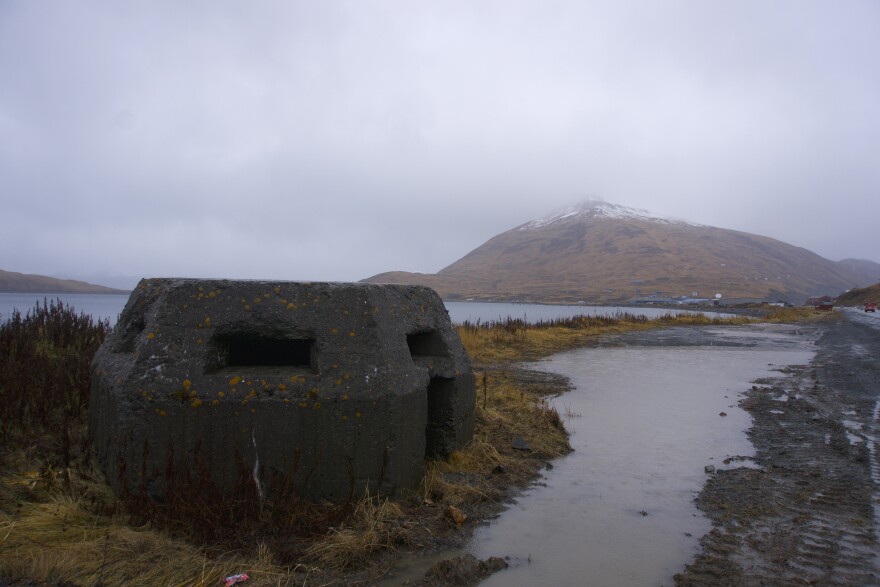Unalaska may be one step closer to cleaning up some of the contaminated military sites left over from World War II.
Formerly Used Defense Sites — or FUDS — are properties the military used for things like defense or weapons testing. And as anyone who has spent any time in Unalaska surely knows, there are World War II sites all over the island.
Rena Flint is the project coordinator for the Amaknak FUDS, which covers 190 thousand acres across Unalaska and Amaknak Islands. And while the U.S. Army Corps of Engineers has taken strides to clean up some of those places, it’s been a long road, with lots of red tape.
“The restoration history in this area is very, very, very long. So we're reframing all the history, we're trying to put it into bite-sized pieces,” Flint said. “We're at a jumping off point right now.”
Last year, Flint helped organize a group of community members to determine the best plan for moving forward.
Police Chief Jay King is one of those community members. He says the group discussed which sites to focus on first, including places like Little South America and Summer Bay, but ultimately prioritized “residential and recreational areas for our families.”
“Trying to make sure that I serve and protect doesn't necessarily mean always fighting crime,” King said. “It also means making sure the environment and the surroundings are safe for families.”
Flint said cleanup of contaminated sites in the Unalaska Valley could begin as early as next summer if the corps approves funding, which she anticipates they will. When that happens, the corps will move in with machinery to start removing contaminated soil from several locations in the valley, including a fuel tank storage unit up Ski Bowl.
“It's an area where we would like to do additional removal action. And so that would be [with] an excavator and it would also be a dewatering plan. So we would have some equipment on site to deal with the shallow water and remove soil,” said Flint.
In the meantime, the corps may be adding another site to its list. The Unalaska Airport Master Plan — which the Alaska Department of Transportation and Public Facilities developed to improve Tom Madsen Airport — creates a new challenge.
Thomas Roufos works for the city’s planning department. He says the airport master plan proposes an object-free buffer zone off the runway to protect aircraft coming in and out of town. And that zone is currently where the World War II Visitor Center is located.
“The proposal is to basically pick up the museum and move it down the road across Terminal Drive,” Roufos said.
The corps will visit Unalaska again in January. They say they expect to know by then if funding is approved for the cleanup to begin in the Unalaska Valley next summer.



